Case Study: SporePlay
Lukasz Kozubowski
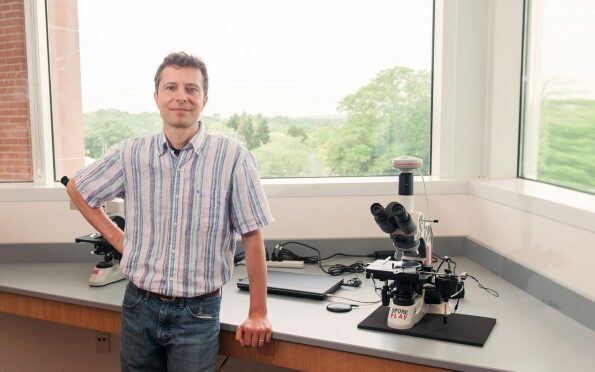
As a child, I would always like to take apart all of my toys. I would destroy it completely to see what was inside. I could not stand the fact that I saw something working and I did not really know what was behind it, what’s the mechanism. So, it is just in me, this curiosity, this need to get to the truth, to the core of the problem. I just want to know how things work.
Studying biology is no different. My major motivation is to know the answers to some basic scientific questions. Biological systems are extremely complex. Understanding how cells work fascinates me. It is challenging to get to the nuts and bolts of nature’s intricate design, which is what I love about this process.
“I like to be surrounded by nature and relish capturing it by taking pictures. I also enjoy taking images under a Microscope. I think Someday, perhaps when I retire can focus more seriously on photography. I am constantly clicking images of random objects I think will look cool.”
(Photos: Lukasz Kozubwski; Frozen Yeast at 4x magnification)
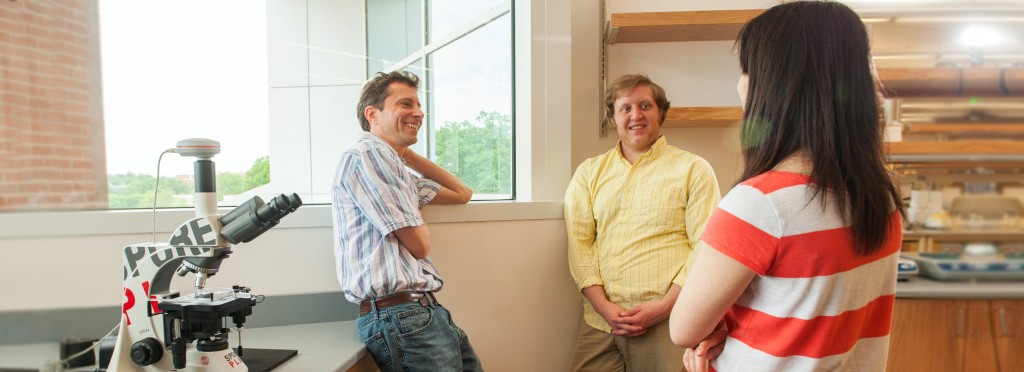
Fluconazole is currently used for treating pulmonary cryptococcal infection, which is inexpensive, but Cryptococcus can develop resistance to the drug. For meningitis that is really life-threatening, amphotericin B and flucytosine are used in combination. Apart from being relatively more expensive and with huge side-effects, they may actually be lethal when not applied carefully. So I think there is definitely a pressing need for better drugs and better treatment of fungal infections. I’m trying to understand how Cryptococcus develops resistance to Fluconazole, by dissecting the molecular pathways, which contribute to drug resistance.
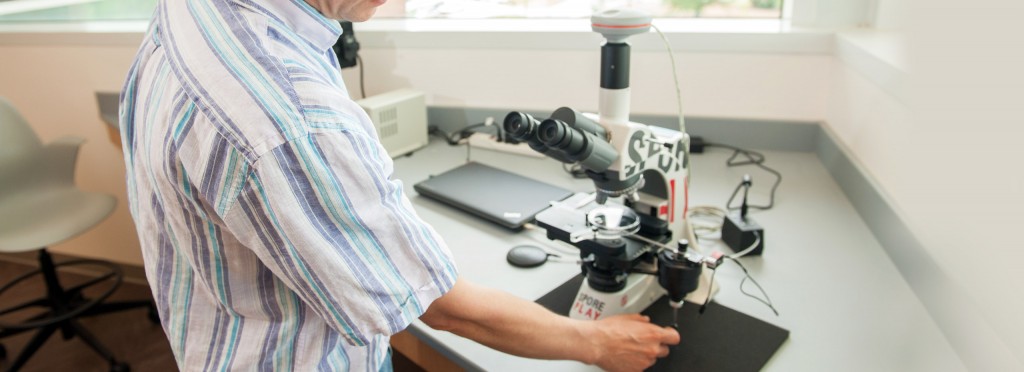
The Cryptococcus genome is very plastic. It can actually change the chromosomal copy number and copy number of certain genes. If such a phenomenon were observed in the host cells, it would usually be considered a sign of malignancy or cancer. However, such genomic changes are very common in Cryptococcus, especially under drug-induced stress conditions. So within the population, it creates individuals that can have additional copies of specific genes, and that gives an advantage in the face of stress. This is because those lucky individuals who may have the right copy number of the right genes may gain an edge in that particular environment. Their progeny would simply take over the population and proliferate in the presence of the drug.
We know that changes in genome ploidy lead to drug resistance. We also know that fluconazole causes changes in Cryptococcus genome ploidy. But our understanding of the link between fluconazole treatment and establishing a change in ploidy is lacking. If we know the mechanism, we can make a contribution to eliminating Cryptococcal drug resistance. This is what I want to find out: What is the actual mechanism? How does Cryptococcus sense stress? How does fluconazole treatment translate into changes in the Cryptococcal genome?
Even though Cryptococcus is a budding yeast like Saccharomyces cerevisiae, I would describe its mitosis as being more similar to human cells. When you think of it, cancer cells are almost like pathogens. They are survivors, which escape normal cell death in the face of stressful conditions. One way to achieve this would be for the cells to become aneuploids or change their chromosomal numbers, making them more difficult to eradicate.
Cryptococcus neoformans is a great model organism to satisfy my scientific curiosity. Since it is a human pathogen, I want to know how it is infectious, why it is infectious, and how to treat the disease better. It is genetically tractable, which means it presents us with a great tool to study the molecular nature of the disease, and identify genes and pathways, which can be targets of drug therapy.
I am fortunate to be able to follow my passion as my job and also contribute by addressing cures for fungal infections. I feel that improving the therapeutics available is in some way my responsibility to this society.
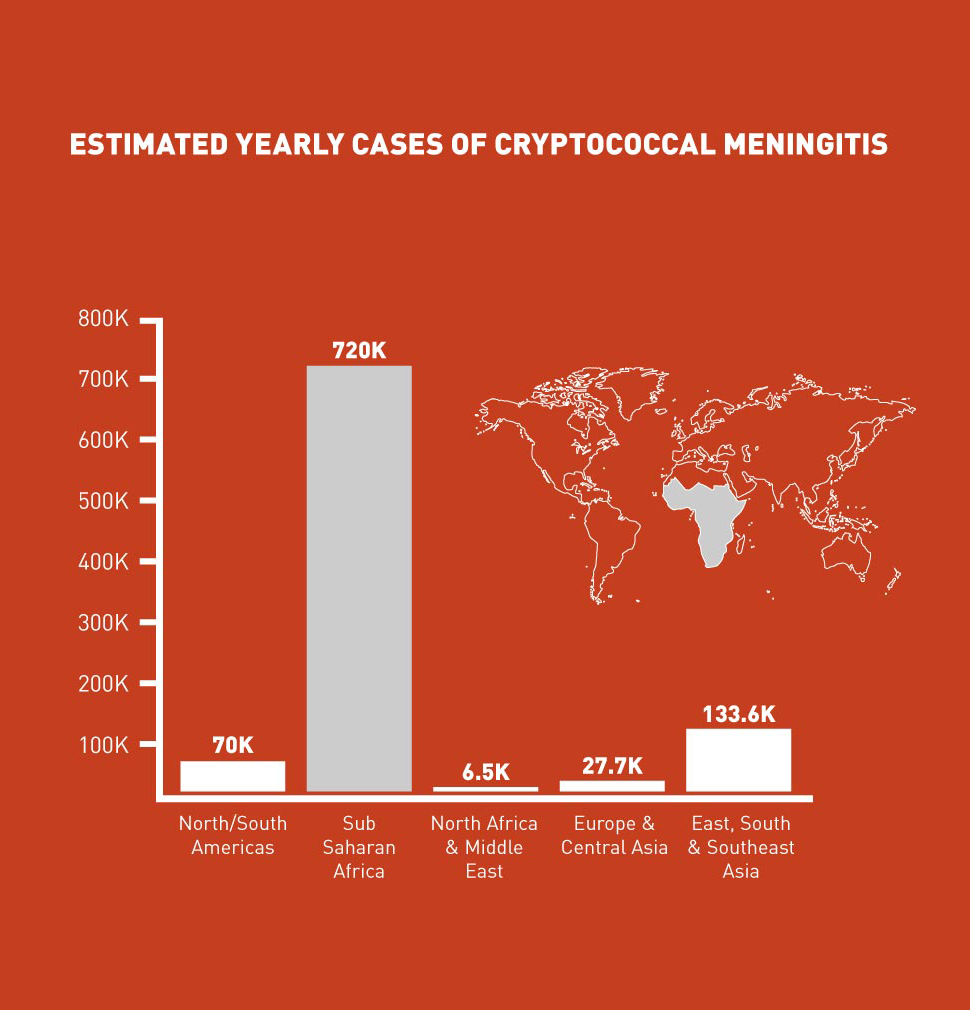
I think there are many similarities between Cryptococcus and cancer cells. Knowing the mechanism of Cryptococcal genome changes may have a profound implication on our understanding on how cancer cells survive during stress.
For Cryptococcus, the meiotic progeny are cells that basically grow as a chain of spores on the basidia. It’s actually quite nifty to dissect Cryptococcus spores, especially with the 40x objective, because you can glue these spore chains to the needle and take up the entire spore chains. Such manipulators allow detailed gene mapping because you can see the frequency of recombination.
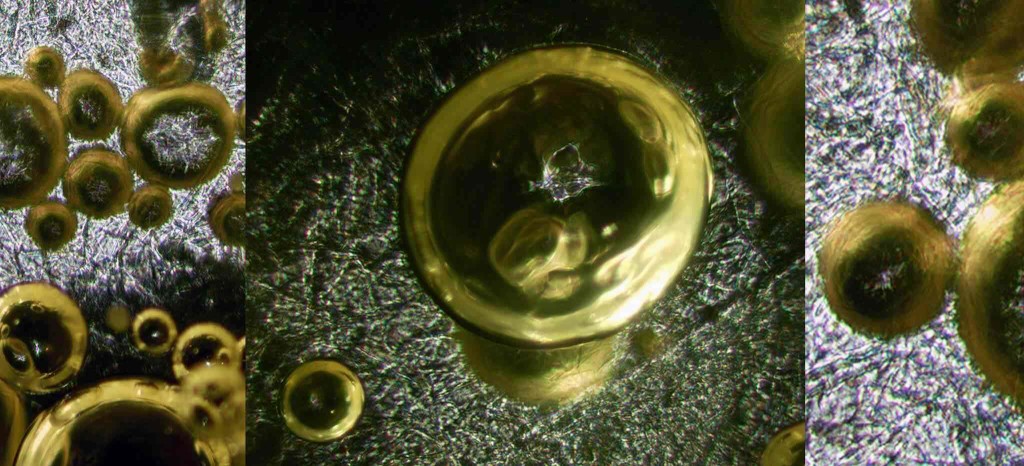
If cells are on the drug plate, they change morphology and then develop into resistant colonies. I like to use the indexing feature to go back and see the same cells over time, so we can track this very slow process of morphological change.
“The key component of getting a faculty position today is to be the right fit for the job, in terms of your research plan and future goals.”
I was lucky because here at Clemson University there is this very new initiative, called Eukaryotic Pathogens Innovation Center (EPIC). While several laboratories within EPIC study parasites, my interest in fungal pathogens meant that I was somebody who could diversify the group and bring novel ideas to tackle infections. This is how I got on board at EPIC and how I found the right fit for my research interests.
In addition to fulfilling my personal passion to be a researcher, becoming a faculty adds another exciting motivation for me – training and motivating young scientists. I find it very refreshing to discuss ideas and troubleshoot problems with students. I am responsible for being a mentor, guiding students in the right direction and inspiring them by being an example – it is extremely rewarding and reaffirms my faith in my profession.
Get in touch
Get a quote, ask a question, talk science or request an online demo.

